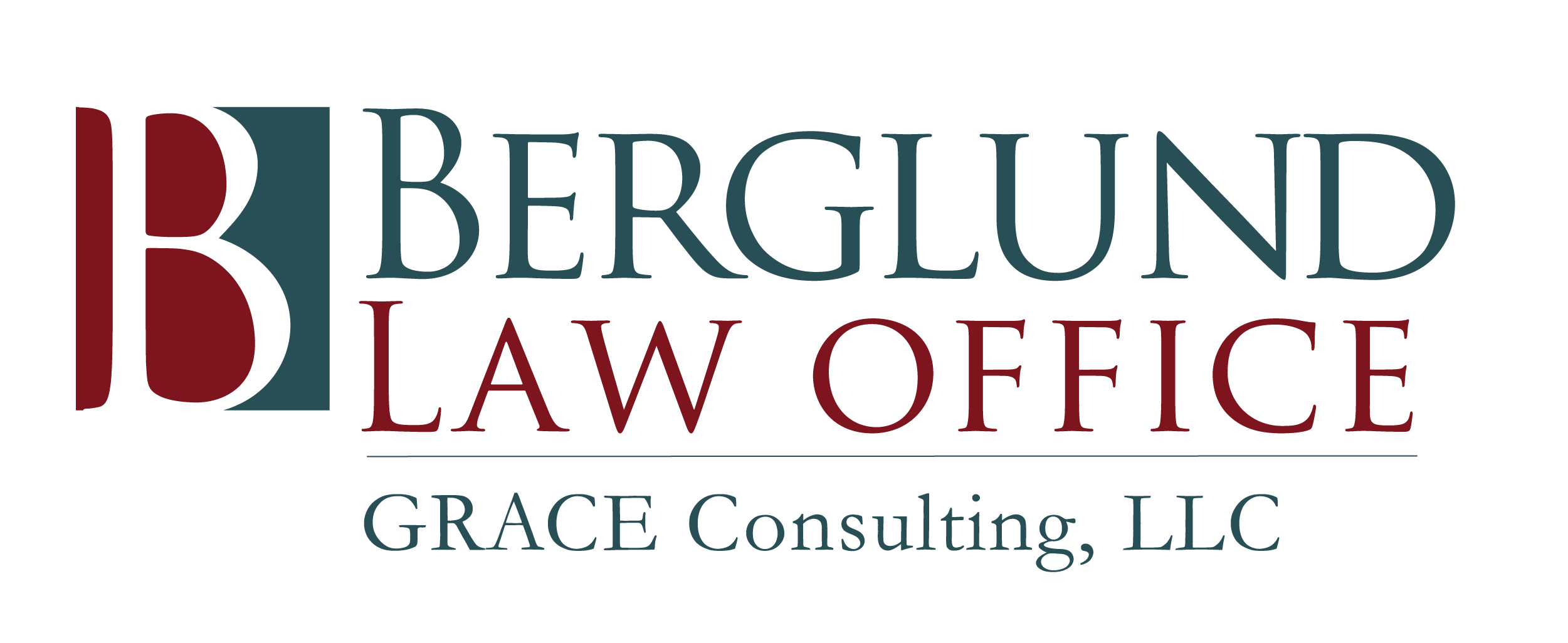
In order to properly plan your estate, it is crucial to understand the difference between these two types of property ownership. The ramifications for your family can be considerable depending on your wishes and the circumstances relating to the survivorship of your family members.

JOINT TENANCY
When two or more people own equal shares in a property with right of survivorship, it is defined as “joint tenancy”. When the first joint tenant passes away, the surviving joint tenant immediately and automatically inherits the deceased owner’s interest in the property.
Joint tenancy is most often utilized between married couples. Joint tenancy helps property owners avoid probate upon the death of the first partner to pass away. Property held in joint tenancy is therefore not dependent on the Last Will and Testament of the person who passed away. For example, if Prince and his wife own a home together as joint tenants, and Prince passes away, Prince’s wife will automatically own the home 100%. If Prince and his wife were not joint tenants, Prince’s wife would have to wait for probate court to determine how Prince’s 50% interest in the property would be distributed. This can take months, and sometimes even years.
Keep in mind that joint tenancy also means that all owners are responsible for the property. Therefore, if one party accrues debt on the property, all of the partners are liable to make payments. Alternately, all parties are also entitled to any profits made from the property, either though rental income or selling the home.

TENANCY IN COMMON
In contrast to joint tenancy, tenancy in common does not include the right of survivorship. In addition, tenants in common can own unequal shares in a property. If one tenant in common dies, his or her interest in the property becomes part of his or her estate and will be distributed in accordance with the will or the relevant laws of intestate succession. The property is not automatically owned by the surviving tenant(s) in common.

Let’s assume, for example, that Peter, Paul and Mary all own a property together. Peter owns a 50% interest, Paul owns a 30% interest, and Mary owns a 20% interest. If any of the co-tenants pass away, their interest in the property will be distributed to their beneficiary of choice– as determined by their will or the state laws of intestate succession. The ownership interests of the surviving co-tenants remain the same after the death of the first owner to die.
Tenancy in common can be beneficial for people who want to be able to determine the percentage of ownership each party has in a property. For example, if the parties are purchasing a home together as an investment property, and each party is contributing a different amount to the down payment, they may wish to have their ownership interests reflect their respective investments in the property.

Tenancy in common is also the way a person who wishes to leave his or her interest in a property to someone other than another owner (i.e., if one of the owners wants her daughter to inherit her ownership interest in the property rather than having it automatically go to her partners).
